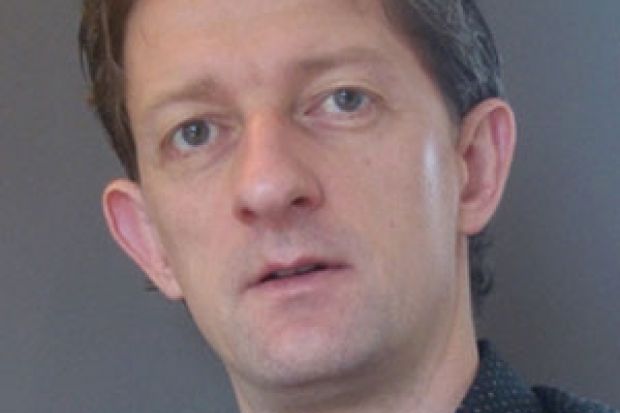One of the leading biological physicists of his generation has died.
Tom Duke was born in Claygate, Surrey, on 14 March 1964 and received a scholarship to study at King's College School, Wimbledon. A degree in natural sciences at Emmanuel College, Cambridge (1982-85), was followed by a PhD in polymer physics at the Cavendish Laboratory (1985-88).
After a short period as a postdoctoral research assistant at the Cavendish, Professor Duke left the UK to take up a position as a Marie Curie Research Fellow at the École Supérieure de Physique et de Chimie Industrielles in Paris (1990-92), and then as a research staff member (1993-94) and lecturer in physics (1994-95) at Princeton University.
During this time, his interests began to shift towards biology, notably when he and a colleague devised an ingenious method of using tiny pillars to sort DNA molecules by size.
The year 1995 marked Professor Duke's return to Cambridge, where he served as a Royal Society University Research Fellow until 2002, university lecturer (2002-04) and finally reader in physics (2004-07).
A major achievement was a model of hair cells in the inner ear that suggested how their motion might enable animals to hear - a model that has been confirmed in lower vertebrates and may also apply to mammals.
In 2007, Professor Duke moved to University College London to become professor of physics and was soon appointed deputy director for life sciences in the new London Centre for Nanotechnology.
Despite his teaching and administrative duties, he was able to continue with the major research that won him the Institute of Physics' Franklin medal and prize in 2010.
Jonathan Ashmore, Bernard Katz professor of biophysics at UCL, recalls "an easy-going individual who never seemed to take himself too seriously but would always present some definitive statement with a nice twinkle in his eye".
"[When] we organised a successful conference at UCL in 2010 entitled The Physical Cell, it became clear that he had contacts in [his field] all over the world and seemed to travel a lot (seemingly with a tweedy coat and only a small backpack)," he added.
In his scientific work, Professor Ashmore added, Professor Duke's "style was very much to use simple general theoretical principles to cut through sometimes excessive biological information to the core of the problem".
As recently as April, a letter by Professor Duke published in Nature had offered important insights into "how cells might self-regulate their growth to produce well-ordered packing".
Professor Duke died on 25 June after a short illness and is survived by his long-term partner and stepdaughter.
Register to continue
Why register?
- Registration is free and only takes a moment
- Once registered, you can read 3 articles a month
- Sign up for our newsletter
Subscribe
Or subscribe for unlimited access to:
- Unlimited access to news, views, insights & reviews
- Digital editions
- Digital access to THE’s university and college rankings analysis
Already registered or a current subscriber? Login
